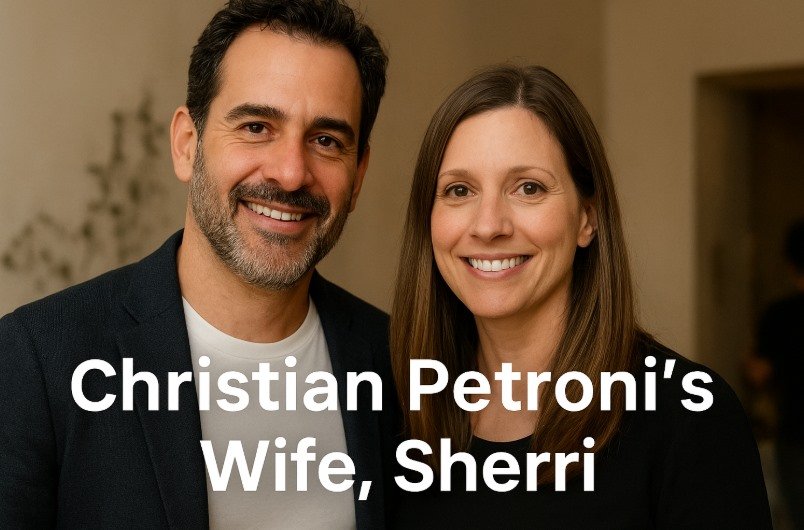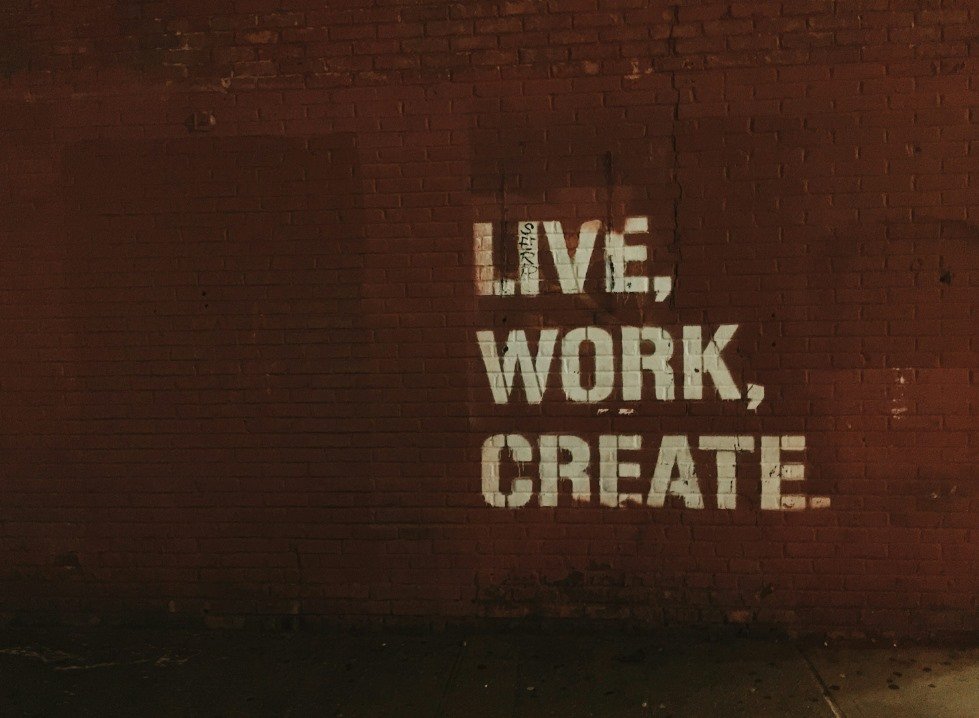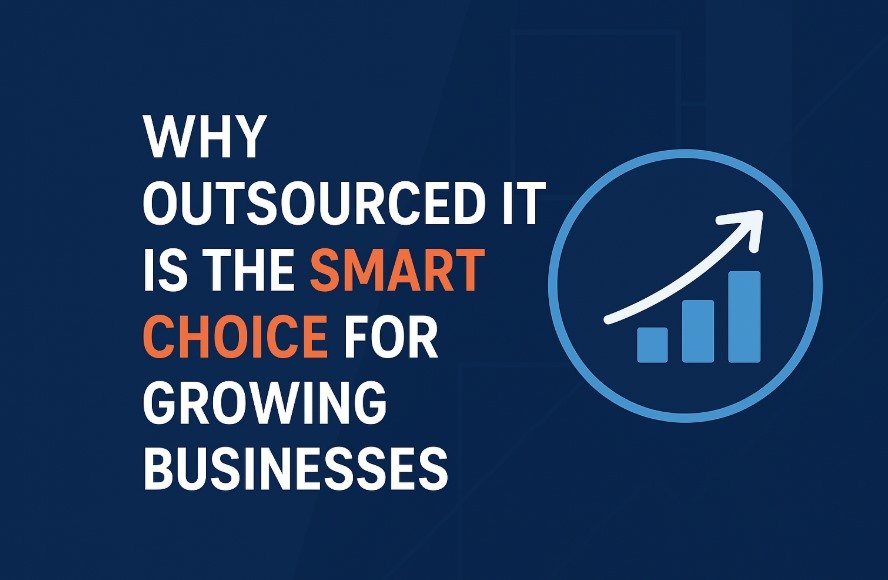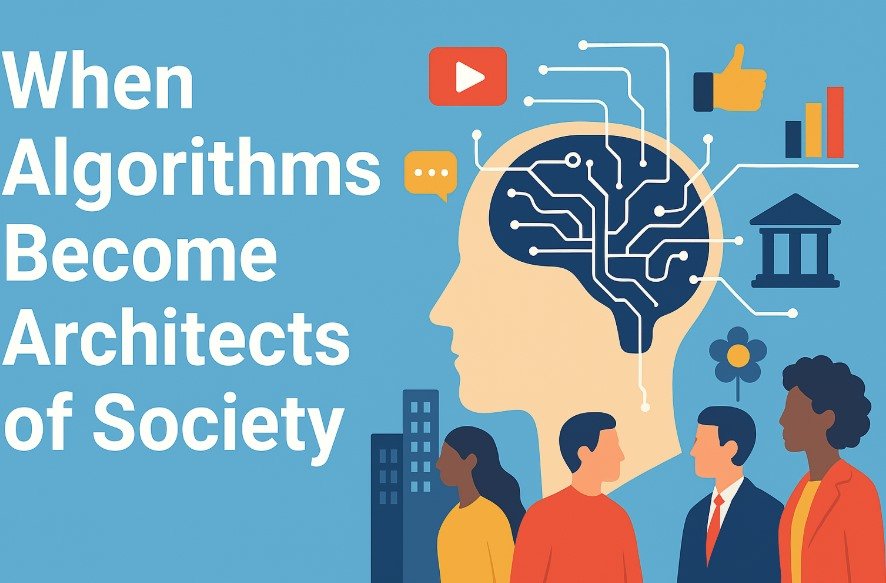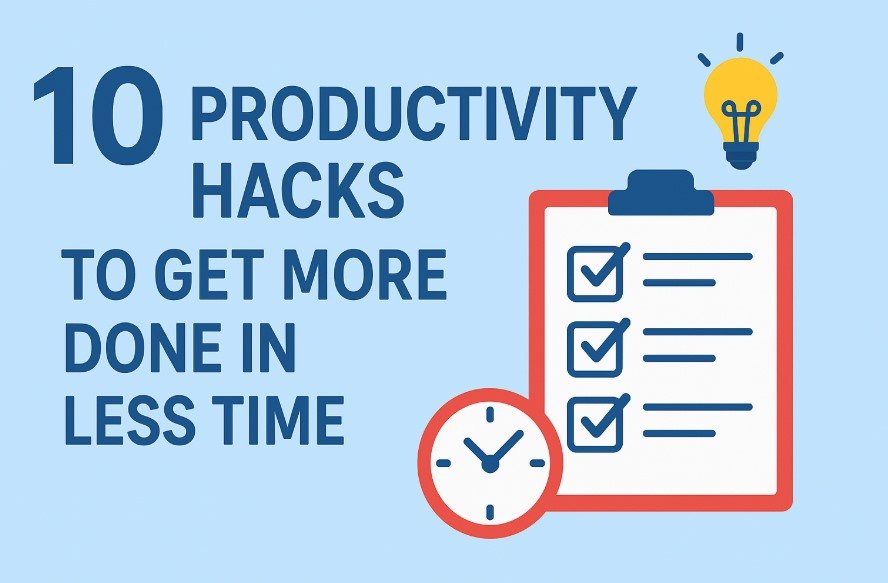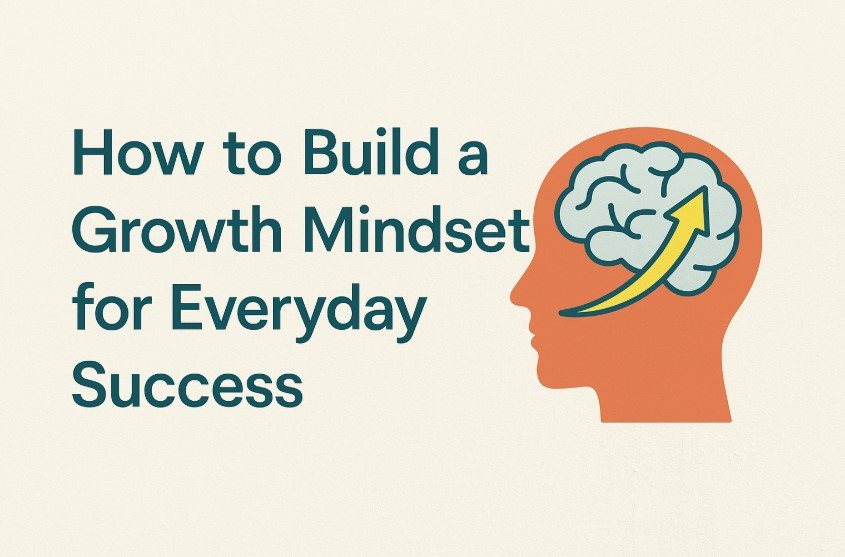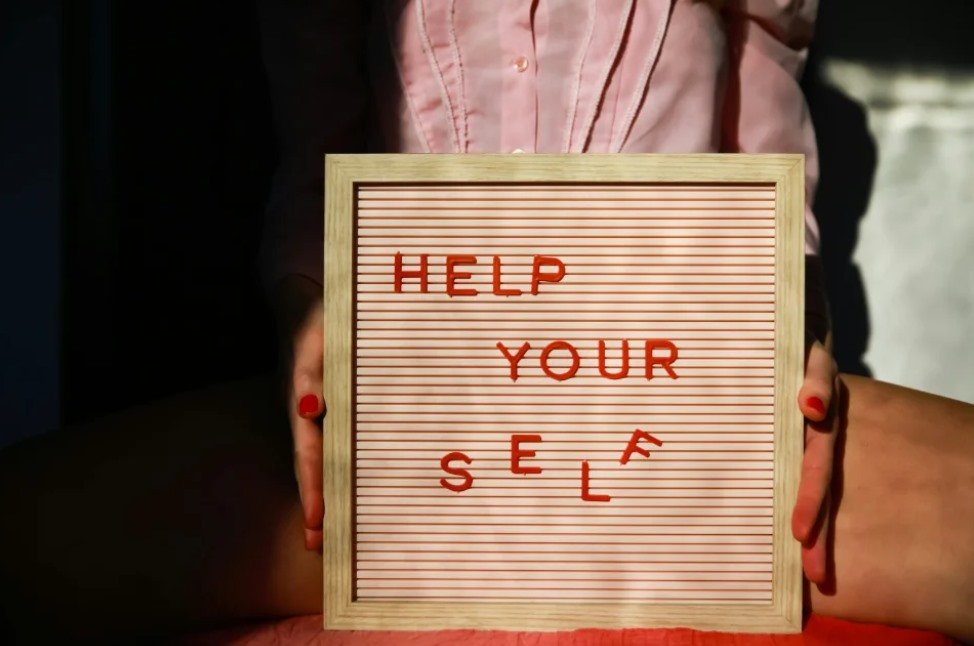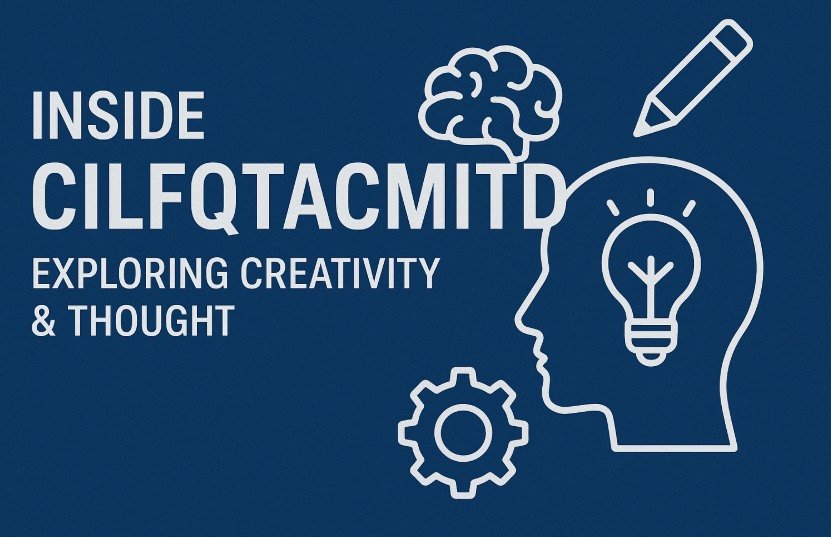
Creativity and thought are the two main forces that shape how we learn, build, and understand the world around us. Every person has a unique way of thinking and creating, but not everyone realizes how much these abilities can grow when given the right attention. Inside CILFQTACMITD, the goal is to look deeply into how creativity and thought work together and how anyone can use them to improve problem-solving, innovation, and personal growth.
Understanding CILFQTACMITD
CILFQTACMITD represents a mindset focused on creativity, innovation, learning, focus, questioning, thinking, acting, creating, making, inspiring, thriving, and developing. It is not just a group of letters but a structured approach to thinking that encourages people to explore their potential. The concept behind CILFQTACMITD is that creativity and thought are not limited to artists or inventors; they belong to everyone who wants to improve their way of seeing and doing things.
The Connection Between Creativity and Thought
Creativity often begins with thought. It starts when someone looks at a problem or idea from a different angle and tries to see what others might miss. Thought helps a person understand, plan, and evaluate, while creativity adds the ability to make something new. Inside CILFQTACMITD, the relationship between these two is essential. When people train their minds to think carefully and imagine freely, they can achieve a balance that leads to innovation. This connection is not only useful in art or design but also in science, education, and everyday decisions.
Why Creativity Matters
In today’s fast-changing world, creativity has become one of the most valuable skills. Inside CILFQTACMITD, creativity is seen as more than just a skill—it is a way of living. It encourages curiosity and helps people adapt to new situations. For example, in business, creativity leads to better products and solutions. In education, it helps students understand concepts in their own way. In personal life, creativity allows people to find meaning and enjoyment in what they do. Developing creativity is not about waiting for inspiration but about practicing new ways of thinking and doing.
The Role of Thought in Growth
Thought supports creativity by giving it structure. Without thought, ideas may remain vague and untested. Inside CILFQTACMITD, thought refers to critical reflection, analysis, and understanding. It helps people look at situations objectively, evaluate outcomes, and learn from experience. Thought allows creativity to become practical. It helps turn creative ideas into actions that make sense in real life. People who take time to think about their actions, goals, and surroundings tend to make better choices and improve faster in any field.
Encouraging Creativity and Thought in Daily Life
One of the main aims of CILFQTACMITD is to show that creativity and thought are habits that anyone can develop. It starts with curiosity—asking questions, exploring new subjects, and being open to learning. Reading, observing nature, writing, or simply spending time reflecting are easy ways to improve these abilities. People can also practice creativity by solving problems in different ways or trying new activities that challenge their usual patterns. Inside CILFQTACMITD, the focus is not on perfection but on progress. The more one practices thinking deeply and creating freely, the stronger these abilities become.
Barriers to Creativity and Thought
Even though everyone has the ability to think and create, certain barriers often stop people from using them fully. Fear of failure, lack of confidence, and social pressure are common challenges. Many people think creativity is only for a few talented individuals, but that is not true. Inside CILFQTACMITD, the approach is to remove these barriers by promoting an environment that supports open thinking and learning. Mistakes are seen as part of the process, not as something to avoid. Overcoming these barriers allows creativity and thought to grow naturally.
Learning from Others
Another important idea inside CILFQTACMITD is learning from different people and experiences. Creativity often increases when individuals interact with others who have different perspectives. Thought becomes deeper when exposed to new ideas. Working together, sharing opinions, and accepting constructive feedback help refine one’s creativity and reasoning. Inside CILFQTACMITD, learning from others is viewed as a key step toward continuous improvement. The goal is to stay open to new viewpoints without losing personal direction.
The Process of Developing Creativity and Thought
Inside CILFQTACMITD, developing creativity and thought follows a clear and steady process. It begins with awareness—understanding one’s current way of thinking. The next step is exploration—seeking new knowledge, experiences, and challenges. After that comes application—using what has been learned to create or solve something. Finally, reflection helps evaluate what worked and what can improve. These four steps can be repeated again and again. This process turns creative ideas into concrete results and trains the mind to think logically and imaginatively at the same time.
Education and the CILFQTACMITD Approach
Education plays a central role in shaping how people think and create. Inside CILFQTACMITD, education is seen not only as memorizing information but also as developing understanding through exploration. Students are encouraged to ask questions, analyze concepts, and express their ideas in unique ways. When teachers apply the CILFQTACMITD mindset, classrooms become places where thinking and creativity are equally important. This approach prepares students for future challenges because they learn how to think independently and adapt to new situations.
Creativity and Thought in the Workplace
In modern workplaces, employees who combine creativity and thought are highly valued. Inside CILFQTACMITD, organizations can use these principles to improve teamwork, innovation, and efficiency. Encouraging brainstorming sessions, promoting open communication, and allowing flexible problem-solving methods can help teams discover new solutions. Managers who practice thoughtful leadership understand that creativity grows in an atmosphere of trust and freedom. When workers are given space to think and create, productivity increases and motivation stays high.
Technology and Its Impact
Technology has changed how people express creativity and thought. Inside CILFQTACMITD, technology is viewed as both a tool and a challenge. On one hand, it offers new ways to learn, share, and design. On the other, it can limit imagination when overused without reflection. The goal is to use technology mindfully—choosing tools that support creativity instead of replacing it. For example, digital art, online learning, and creative software can expand thinking if used with purpose. Technology should serve creativity and thought, not control them.
The Role of Reflection
Reflection is one of the most important practices inside CILFQTACMITD. It means taking time to look back at one’s actions, ideas, and results. Reflection strengthens thought by showing what patterns work best and what needs to change. It supports creativity by keeping ideas connected to real experiences. Whether done through writing, discussion, or quiet thinking, reflection helps people stay aware of their own development. Without reflection, creativity may lose focus, and thought may become routine.
Building a Creative Mindset
Having a creative mindset is not about constant invention. Inside CILFQTACMITD, it means being open, curious, and willing to learn. People with a creative mindset see challenges as opportunities instead of problems. They do not stop thinking when something goes wrong; instead, they try to understand and adjust. This mindset grows over time through consistent effort. Reading, experimenting, and observing help keep the mind active and flexible. The CILFQTACMITD approach teaches that creativity and thought are lifelong skills that get stronger with use.
The Future of CILFQTACMITD
The ideas behind CILFQTACMITD are becoming more relevant as society changes quickly. Education systems, workplaces, and personal development programs can all benefit from promoting creativity and thought as core principles. Future generations will need these skills to manage complex problems and create meaningful solutions. Inside CILFQTACMITD, the vision is to make these ideas practical so that anyone can apply them in daily life. The focus will continue to be on learning, creating, and thinking with clarity and purpose.
Conclusion
Inside CILFQTACMITD, exploring creativity and thought is more than a topic—it is a guide for how to approach life and work. Creativity gives freedom to imagine, while thought provides direction and understanding. Together, they help people grow, adapt, and make lasting contributions. Every person can learn to use these abilities by practicing curiosity, reflection, and action. As the CILFQTACMITD approach shows, the best way to develop creativity and thought is to keep exploring them with patience and awareness. In doing so, people not only improve their own lives but also contribute to a more thoughtful and creative world.






